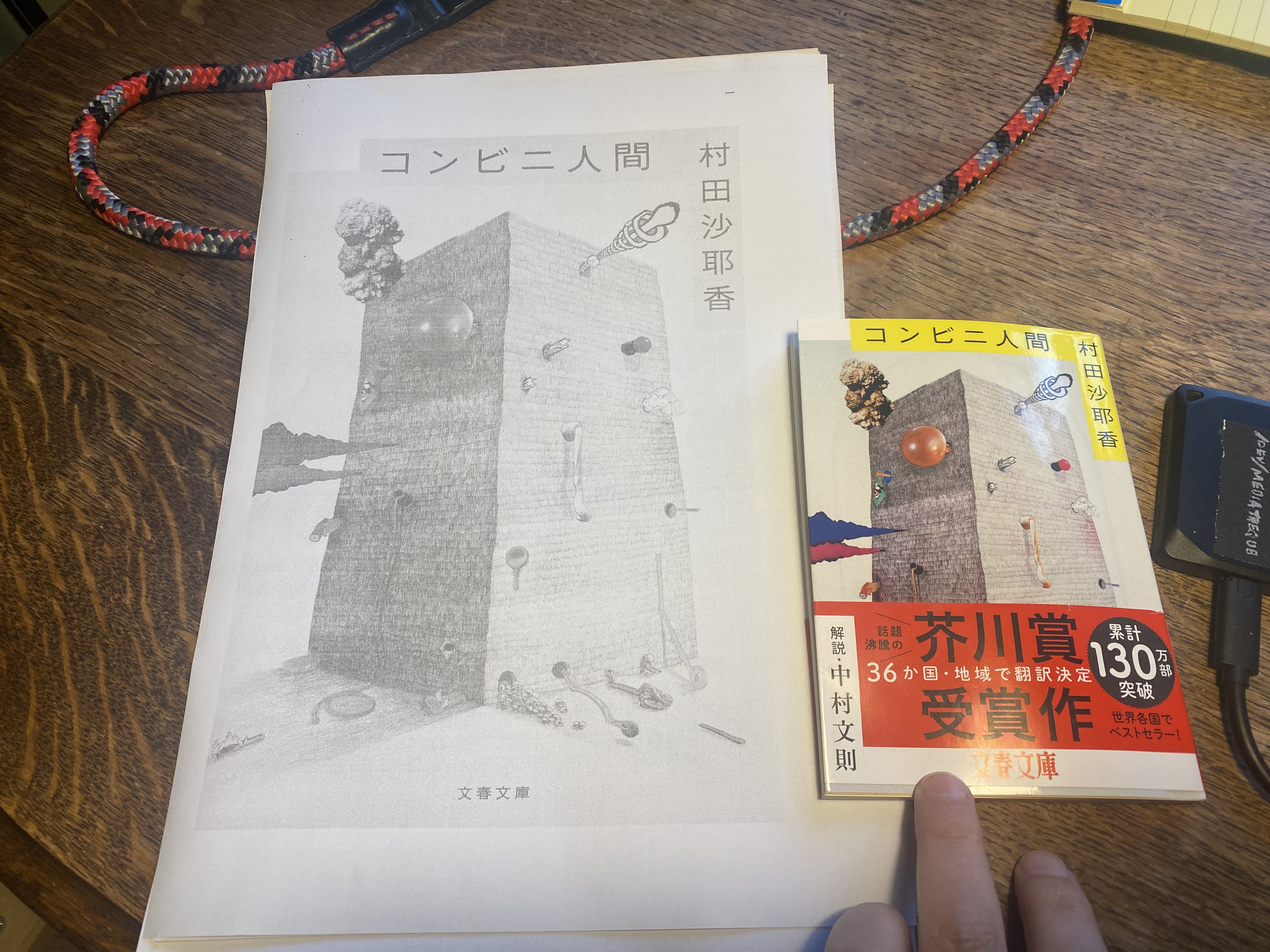I was listening to an episode of Worlds Beyond Number the other day, and I was
surprised by how many dice rolls Brennan Lee Mulligan was calling for as they played. It was something like 5 rolls
within a single “scene”, even within a single moment, and each roll lead into the other–a success felt hamstrung, and a
failure felt soft. Overall they came together to tell a clear story of a moment of peril, but each one on its own felt
inconsequential. Which is weird, because I usually come at rolls in games as if each one should matter deeply.
» Read post
Mothership is a fantastic RPG, focused on horror science
fiction. It comes with a starting adventure module called Another
Bughunt that is more or less the movie Aliens. Most
games are low-tech sci fi like Alien/Aliens, and characters are at constant risk of death. And while games like 5e
make character death feel… bad… Mothership does it right.
» Read post
You often hear about the “problem” of players in games like that one with 5 editions just bleeding tension by taking
rests all the time. Which might not actually be a problem, but also, I do think it means there might be a missing
mechanic that incentivizes riskier delving.
» Read post
I’ve been using git worktree a lot more recently in my work, and I always find the commands verbose and, in the case
of creating worktrees for new or existing branches, frustrating in their parameter expectations. So I decided to do
something about it. I wrote gwt.
» Read post
Right now I’m reading 「コンビニ人間」 by 村田沙耶香 so I can both enjoy a very fun book (only like.. half a page in),
and improve my Japanese comprehension, vocabulary, and understanding of… conversational forms really. Unfortunately,
the copy of the book I have is bunkoubon, and in like, A6 size, so there is absolutely no space for me to add
furigana and translation notes in the margins… which is sort of necessary, since I barely have the reading
comprehension of a kindergartener. The solution I’ve found is to buy a copy of the Japanese ebook, open it up in
Calibre, fuck around with the layout (hurray for CSS!), and print my own hard copy.
» Read post
I recently spent some time reorganizing my dotfiles so they can be more easily reused across environments. I
specifically wanted to avoid having to rebase the main branch into my work branch on a regular basis, and I also
wanted to ability to pull these into a private repository for work stuff so I could include private config more easily,
without exposing it to the outside world. AND… I also recently started tinking with a homelab server, and it’s running
NixOS, so most of the work ended up going into making sure these things work for standalone home-manager, as well as
NixOS.
» Read post
I love my Steam Deck. I also love that it’s a full-on Linux computer. I also love the Trails series, and I’ve been
playing them for ages. They usually include new-game bonuses if they can detect save or system data from the prior games
in the series. But this detection relies on Windows’ “Saved Games” folder structure, which is emulated, but per-game
in Proton/Steam Deck. Here’s how to get Trails into Reverie to detect your save data from the other games.
» Read post
Look. I use Rails for side projects because I’m lazy. But not so lazy that I’m willing to put up with really really bad
multi-selects.
This is a quick and not very dirty way to get clean and largely seamless multi-selects for Rails forms that still send
data over REST, without changing the way anything works. It uses React, Stimulus, and Rails ActionController.
» Read post
This is a warm, often spicy, chili recipe. Black beans only. Smoky chipotle
chilis and toasted cumin. Poblano peppers.
» Read post
Recently I posted about getting fractional scale factors for GNOME 3 on Ubuntu.
I’ve since abandoned GNOME in favor of Mate because GNOME was crashing on me on
a default install, and could be quite slow at times when loading large
resources. Mate has neither of these problems, and as an added bonus, scales in
a reasonable way out of the box.
» Read post

